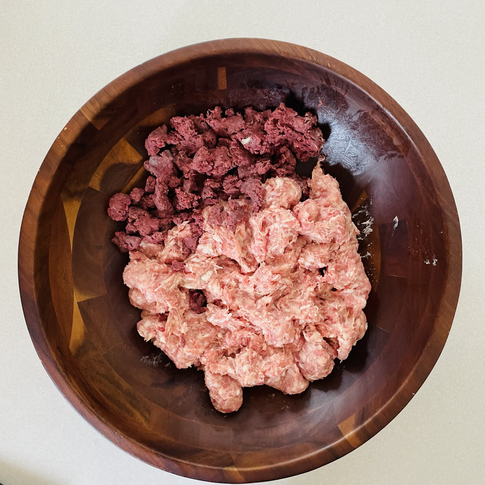Scotch Egg
- M Smith
- Mar 20, 2021
- 2 min read

The perfect picnic or brunch food. You can eat it cold or warm. Seasoned sausage, encasing a soft boiled egg, breaded, fried and then served with a side of chutney, brown sauce, or even trashy sloshes of ketchup.
Are Scotch Eggs Scottish? An important question one must ask themselves before making or consuming a Scotch Egg. The quick answer is no. The population of North Africa have been encasing cooked eggs in meat since before Queen Elizabeth I. Why was it called a Scotch egg then? Many food historians have theorized the term was actually Scorch Egg, as they cooked the meat encased egg over an open fire and eventually became Scotch Egg.
I’m not a food historian, but I am a lover of the Scotch Egg. Whenever I’m in a pub and they serve food, I have to order a Scotch Egg. I’ve had many a bad egg; balanced out by some delicious ones.
My father-in-law has a shared loved for these tasty treats. He prefers his egg hard-boiled, while I prefer mine still runny. We’re hoping to be able to get together for Easter dinner this year, where I’ll be making my Beef Wellington and maybe some of these yummy eggs for an appetizer. Fingers crossed.
Ingredients
8 eggs - 6 for the Scotch Egg, and 2 for the egg wash
1.5 cups of all-purpose flour
1.5 cups of panko
8 English bangers or sausage meat of your choice
200 g of black pudding, crumbled
¼ cup chopped parsley
Salt to taste
Pepper to taste
Oil for cooking
Instructions
Place 6 eggs into a pot of cold water and bring it to a boil; boil your eggs for 4 minutes. Using a slotted spoon, transfer your eggs to a bowl of cold water. When the eggs are cool, carefully peel them and set them aside.
Remove the sausage from their casing and place the meat into a bowl. Add your black pudding, parsley, salt and pepper and gently mix until combined. Divide your mixture into 6 equal portions.
Using both hands, flatten the meat into a patty, place your egg in the middle and gently wrap it around the egg until completely encased. Once all your eggs are wrapped, pop them in the fridge to rest for at least 1 hour.
When you’re ready to fry, beat your remaining two eggs, in one bowl add your flour and in another add your panko. Dip each egg into the flour, then the egg, and then into the panko until evenly covered.
In a deep pan, add your oil and heat until 170°C. Cook your eggs in batches of 2-3 as not to crowd your pan and to maintain a consistent temperature. Scoop out any burnt or loose panko from the oil. Fry the egg for 6 minutes; remove and place your egg onto some paper towel to drain.
Eat warm or cold! I serve mine with a side of classic chili sauce or some HP!
Enjoy!






























